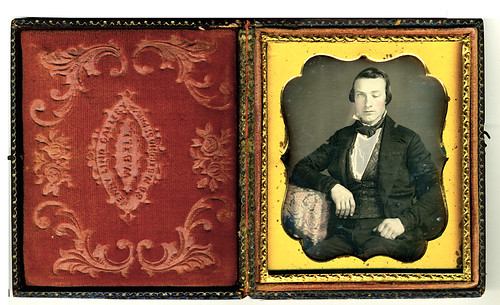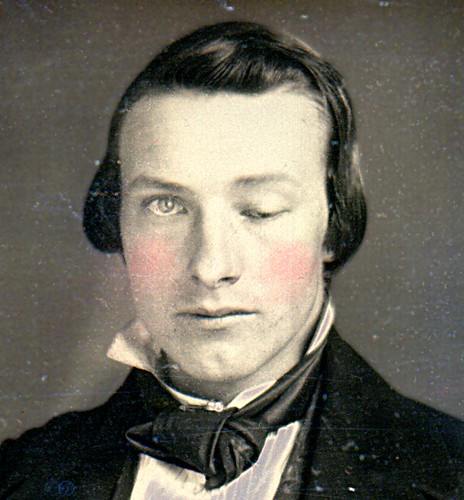
The finding aid for the Horace Greeley Jacobs Collection (OHA 199.5) has been uploaded to the NMHM website here.
The Jacobs collection contains 25 items documenting to the life of Horace Greeley Jacobs, including those related to his service to the Union during the Civil War. Two of the most unique documents are a letter Jacobs wrote to his mother from Camp 19 on May 31, 1862 and a short narrative titled "Thoughts on the Battle Field" (c. 1864). The finding aid includes a biographical note about Jacobs from his years in the Union Army (he joined at 16) through to his death in 1910.
This is a small collection, but part of what makes it unique is that the Museum's anatomical department already contains material relating to Jacobs, specifically his left humerus (AFIP 0384696), which was donated when Jacobs was injured during the war.
A few images relating to Jacobs:

SP 103
Excised head and portion of shaft of left humerus, comminuted by a musket ball.
Jacobs, Horace G. 2LT, G, 6, ME
Doctor: Bliss, D.W. & Otis
Battle: Rappahannock Station, 7 November 1863

CP 1669B

CP 1669A














